Conducting an auditing website process is an essential step for website owners aiming to improve SEO performance and enhance their site overall user experience. A thorough website audit helps identify technical issues, content gaps, and opportunities to enhance search engine visibility. In this article, we will explore the importance of a website audit, the key components involved in an SEO website audit, and how to leverage various tools to conduct your own website audit effectively.
Using an audit tool or a website audit tool can automate and streamline the auditing process, providing comprehensive analysis, actionable insights, and tracking to help improve SEO performance efficiently.
What is a Website Audit?
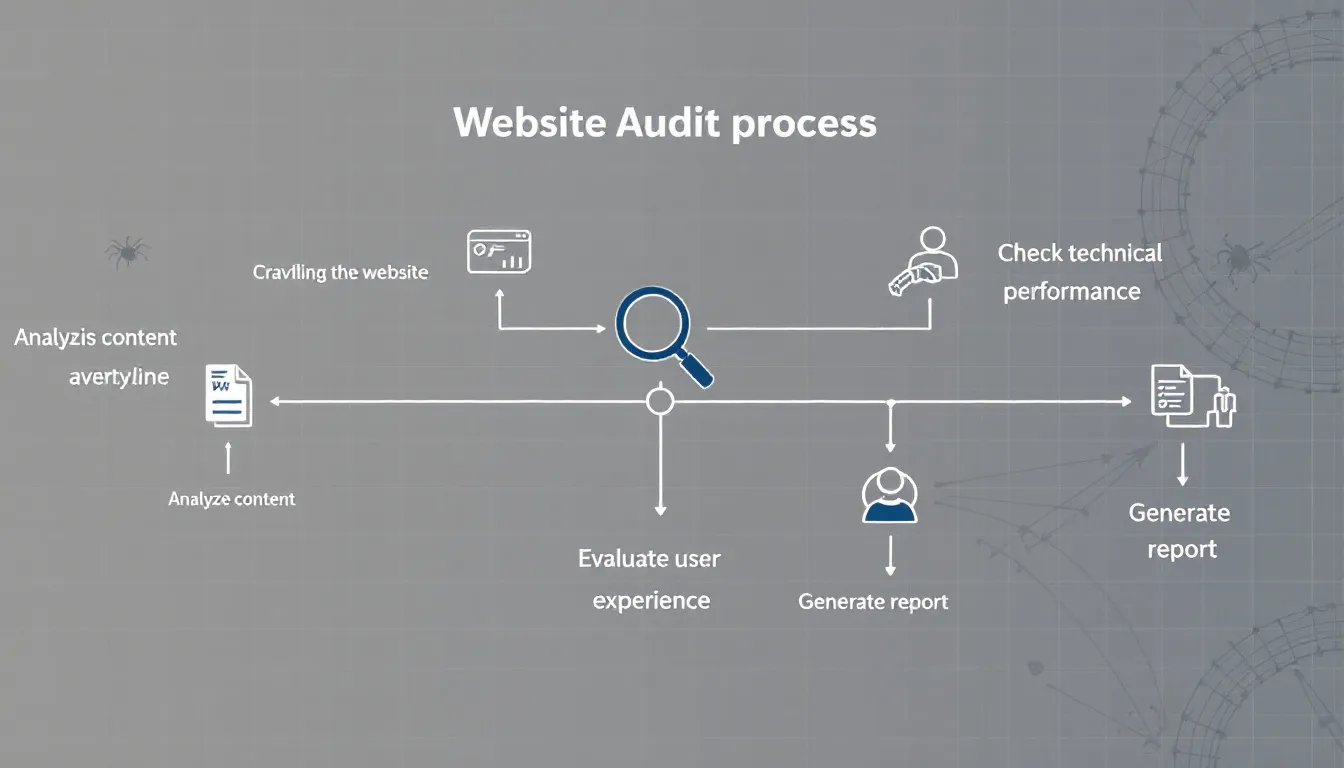
A website audit is a comprehensive analysis of an entire website, assessing its technical health, content quality, and on-page SEO elements, including the website’s technical health and website’s performance. The primary goal of a site audit is to evaluate the website performance in search engine results pages (SERPs) and identify areas that need improvement to boost organic traffic.
Regular auditing website and SEO are essential for maintaining and improving a site’s performance and search visibility. This process involves examining factors such as site speed, broken links, meta descriptions, internal links, and the site core web vitals. By conducting a website audit, website owners can develop a targeted SEO strategy that enhances both user experience and search engine rankings.
Why is Auditing Website Important?
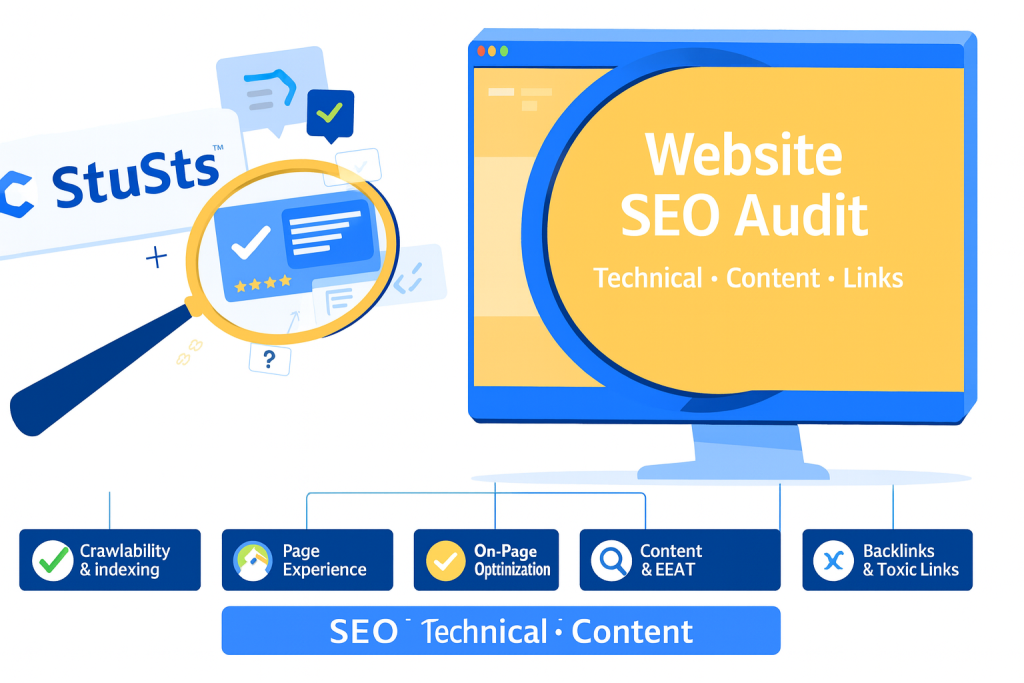
Auditing website is crucial because it helps uncover technical errors and SEO issues that might be hindering your site performance. Search engines prioritize websites that load quickly, have relevant content, and maintain a clean site structure. Without a proper SEO audit, these problems can go unnoticed, leading to poor keyword rankings and reduced search engine visibility. Additionally, a website audit can reveal duplicate content, broken links, and missing meta tags such as the meta tag and meta description, all of which should be reviewed and optimized during the audit to improve click-through rates and relevance. These issues negatively impact your site SEO health. A performance audit is also a key part of the process, focusing on evaluating site speed, load times, and overall technical health. Regularly performing a site audit ensures that your website remains optimized and competitive in search results.
Pre-Audit Preparation: Understanding Search Engines
Before diving into a website audit, it essential to understand how search engines operate and what they look for when ranking web pages. Search engines like Google, Bing, and Yahoo use complex algorithms to crawl, index, and evaluate websites based on factors such as relevance, quality, and user experience. By familiarizing yourself with the basics of search engine optimization including the importance of meta tags, effective internal linking, and monitoring your site Core Web Vitals you be better equipped to conduct a website audit that truly enhances search engine visibility. This foundational knowledge ensures that your audit process is focused on the elements that matter most for both users and search engines, setting the stage for improved website performance and a stronger presence in search results.
Key Components of an SEO Website Audit
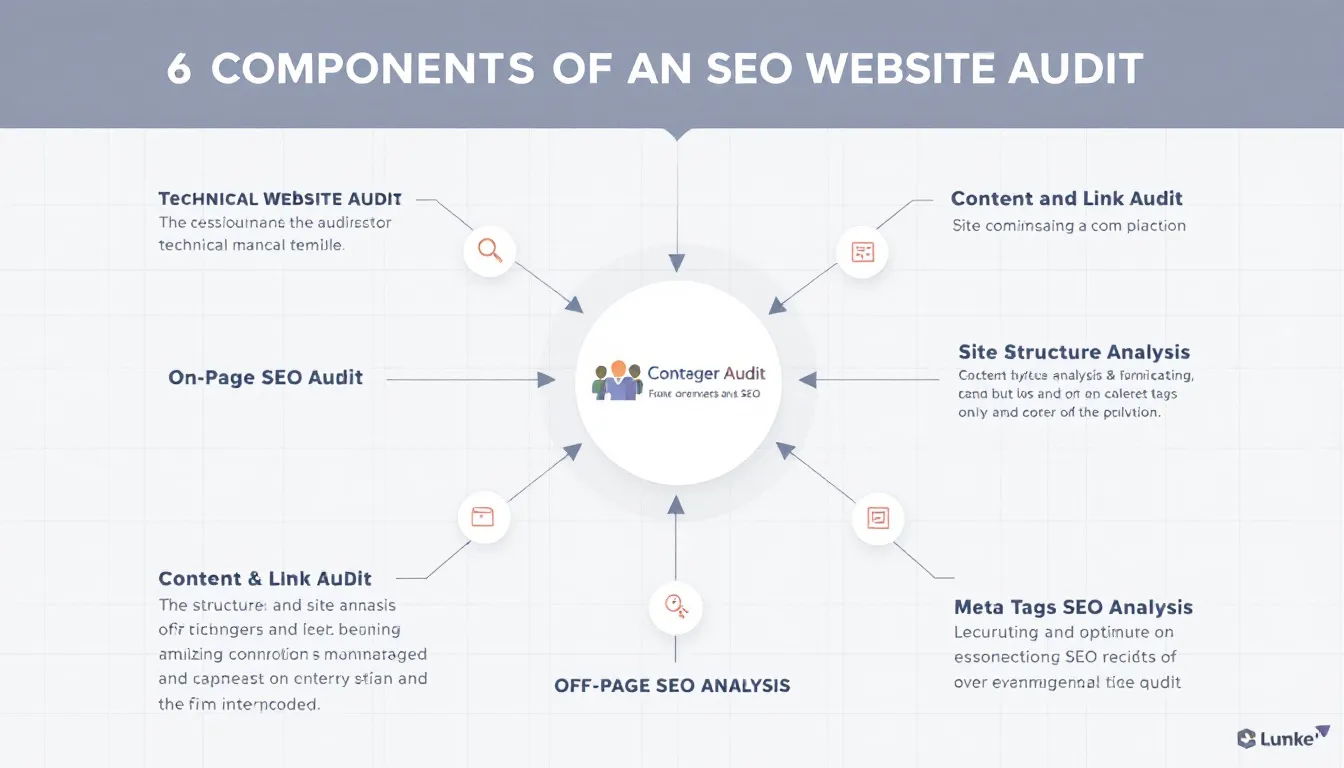
Technical Website Audit
A technical SEO audit focuses on evaluating the website technical health and infrastructure. An auditing tool or site audit tool can be used to automate technical checks, identify issues, and schedule regular audits to monitor website health. This includes checking for technical issues such as broken links, crawl errors, XML sitemap status, and the website compatibility with Google Search Console. As part of the technical audit, it is essential to evaluate the site’s core web vitals and site’s performance, focusing on metrics like loading speed, visual stability, and responsiveness. A slow-loading page or poor site speed can frustrate website visitors and lower rankings on search engine results.
On-Page SEO Audit
The on page SEO audit examines individual web pages for optimization opportunities. This includes reviewing page titles, meta descriptions, meta tags, and the quality of page content. Ensuring that each page contains relevant keywords and quality content tailored to the target audience is vital for improving search engine visibility. A content audit is often part of this process, where blog posts, landing pages, and other pages are analyzed to ensure they provide value and align with the site SEO strategy. It is also essential to review the site’s content regularly to ensure it is up-to-date, relevant, and optimized for SEO performance.
Content and Link Audit
A content audit assesses the relevance and quality of the site content, identifying duplicate content and opportunities for content enhancement. Meanwhile, a link audit evaluates internal links and external backlinks to ensure a healthy link profile. Internal links help distribute page authority across the entire site and improve navigation, while broken links should be fixed promptly to maintain user experience and SEO health.
Site Structure Analysis
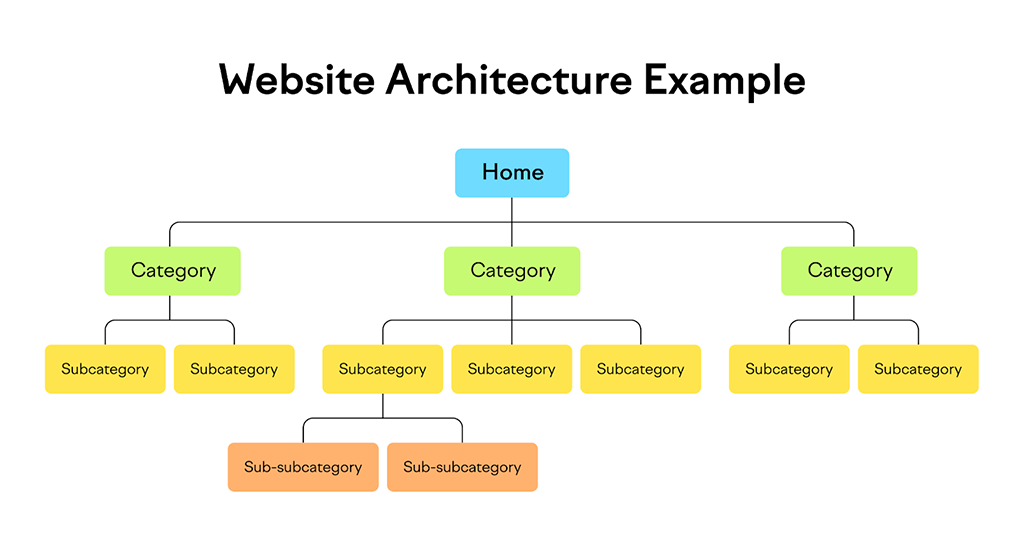
A well-organized site structure is the backbone of any successful SEO audit. Analyzing your website hierarchy, navigation, and overall organization helps ensure that both users and search engines can easily find and understand your content. A logical site structure not only improves user experience but also makes it easier for search engines to crawl and index your pages efficiently. Using tools like Google Search Console and various SEO audit tools, you can identify issues such as orphaned pages, confusing navigation, or inefficient site hierarchies. Addressing these issues early in the audit process lays a solid foundation for the rest of your SEO efforts and helps maximize your site potential in search engine rankings.
Meta Tags and Optimization
Meta tags are a critical component of search engine optimization, providing search engines with key information about your web pages. During a website audit, it important to review and optimize meta tags—including title tags, meta descriptions, and keyword tags—to ensure they accurately reflect the content and target the right audience. Well-crafted meta tags can improve click-through rates and boost your site relevance in search engine results. SEO audit tools and Google Analytics can help you identify missing, duplicate, or poorly optimized meta tags, offering actionable recommendations for improvement. By refining your meta tags, you enhance both your website visibility and its appeal to potential visitors.
Off-Page SEO Analysis
A comprehensive website audit isn’t complete without evaluating your off-page SEO. Off-page SEO analysis focuses on factors outside your website that influence your search engine rankings, such as backlinks, social media engagement, and your online reputation. High-quality backlinks from reputable sites can significantly boost your page SEO and overall authority, while a strong social media presence can drive additional traffic and brand awareness. Tools like Ahrefs, Moz, and SEMrush are invaluable for analyzing your backlink profile, monitoring your online reputation, and identifying opportunities to strengthen your off-page SEO. By addressing off-page factors, you can further enhance your website performance and visibility in search engine results.
How to Conduct a Website Audit
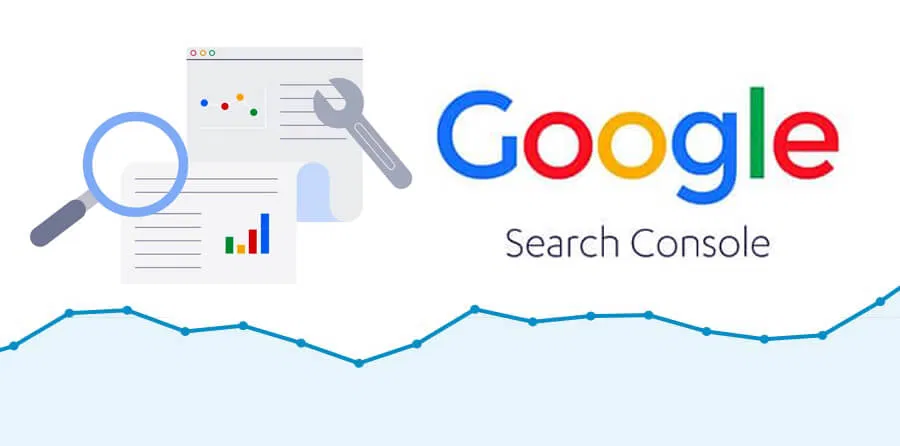
Using SEO Audit Tools
There are various website audit tools available that simplify the auditing process. Free SEO audit tools like Google Search Console and Google Analytics provide valuable insights into your site performance and technical issues. Other site audit tools offer comprehensive analysis, generating a full website audit report that highlights technical errors, SEO performance, and content opportunities.
Steps to Perform Your Own Website Audit
Analyze Site Structure and Technical Health: Use tools to check for broken links, crawl errors, and XML sitemap issues.
Evaluate Site Speed and Core Web Vitals: Assess page loading speed and overall site performance to ensure a smooth user experience.
Review On-Page SEO Elements: Check page titles, meta descriptions, meta tags, and keyword usage across key pages.
Conduct a Content Audit: Identify duplicate content, outdated information, and opportunities for adding relevant content.
Assess Internal Linking: Perform a link audit to ensure a logical and SEO-friendly site structure.
Compile a Site Audit Report: Summarize findings and prioritize fixes in a comprehensive audit report.
Implementing Audit Recommendations
Once your website audit is complete and you identified areas for improvement, the next step is to implement the audit recommendations. Prioritize fixes based on their potential impact on search engine visibility and user experience. This may include resolving broken links, optimizing meta tags, improving page speed, and enhancing internal linking to create a more cohesive site structure. Use tools like Google Search Console and SEO audit tools to track your progress and ensure that technical and content-related changes are effectively applied. Regularly monitor your website performance with Google Analytics to measure the results of your efforts and identify any new issues that arise. By systematically following through on your audit process and continuously refining your site, you maintain strong SEO health and deliver a better experience for your website visitors.
Benefits of a Full Website Audit Report
A full website audit report provides website owners with actionable insights to improve their site SEO health and user experience. It serves as a roadmap for addressing technical issues, optimizing on page elements, and refining content strategy. With a detailed audit report, website owners can track progress, measure improvements in keyword rankings, and ultimately enhance their website presence in search engine results.
Conclusion
Auditing website is a vital practice for any website owner looking to improve their site SEO performance and user experience. By conducting a thorough website audit—covering technical SEO, on page SEO, content quality, and link health—you can identify key issues and implement effective strategies to boost your search engine visibility. Leveraging SEO audit tools and regularly performing site audits ensures that your website remains optimized, fast, and relevant to your target audience, helping you achieve long-term success in search engine results pages.
Frequently Asked Questions (FAQ)
What is auditing website?
Auditing website refers to the comprehensive process of analyzing a website technical health, content quality, and SEO elements to identify issues and opportunities for improvement. This helps enhance the site performance in search engine results pages (SERPs) and improve user experience.
How often should I conduct a website audit?
It is recommended to conduct a full website audit at least once a year for small websites, while larger or frequently updated sites may benefit from audits two to three times annually. Additionally, performing mini audits regularly can help catch issues early.
What tools can I use to conduct a website audit?
Popular website audit tools include Google Search Console, Google Analytics, Screaming Frog, SEMrush, Ahrefs, and various free SEO audit tools. These tools provide insights into technical issues, SEO performance, content quality, and site speed.
How many pages should I audit at a time?
If your website has many pages, start by auditing up to ten key pages that drive your business goals, such as the homepage, contact page, and top-performing product or service pages. Gradually expand the audit to cover more pages for a comprehensive analysis.
What are the main benefits of a website audit?
A website audit helps identify and fix technical errors, improve SEO performance, enhance user experience, optimize content strategy, and increase search engine visibility. It provides actionable insights that lead to better keyword rankings, higher traffic, and improved conversions.
Can I perform an SEO website audit on my own?
Yes, with the help of SEO audit tools and some foundational knowledge of SEO and website performance, website owners can conduct their own audits. However, complex issues might require assistance from SEO professionals or developers.
How does a website audit relate to a website redesign?
Before or after a website redesign, conducting a website audit is crucial to ensure that the new design maintains or improves SEO health, site structure, and performance. Audits help identify potential issues introduced during redesign and guide optimization efforts.
What is included in a full website audit report?
A full website audit report typically includes an analysis of technical SEO issues, site speed, meta tags, content quality, internal and external links, site structure, and recommendations prioritized by impact. It serves as a roadmap for improving the website SEO and user experience.









Leave a Reply